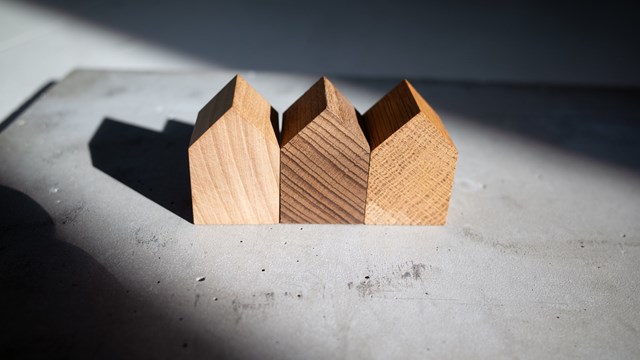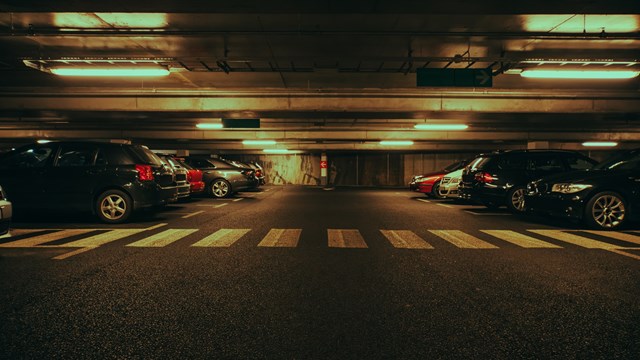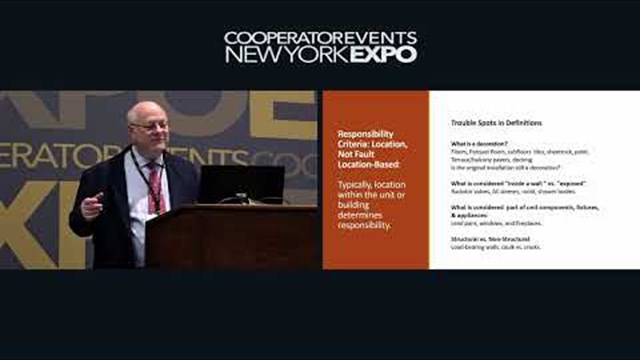
Q. Our co-op building was completed in 1926. A taller building was built a few years later, right next to our building. Since the exhaust from our chimney could go into the new building’s apartments, our chimney had to be built taller. The new section makes a 90-degree turn to the side of the new building and then up the side of the new building beyond the top floor. The new building built the extension and is responsible for maintaining it. They have always paid for repairs to the extension section, although sometimes only after some “arm twisting.”
We currently use oil to heat our building. In the future, we plan to get a new boiler which will use gas or dual-fuel gas and oil. A major part of converting to gas will be the installation of required lining in the chimney. My question is: who is responsible for paying for the lining of the extension chimney? I have questioned a number of lawyers and heating contractors about this matter, but none of them have any experience with the situation or any answers to my question.
—Feeling the Heat
A. “Assuming this property is located in New York City,” says Michael M. Kayam, Esq., a partner at Lasser Law Group, PLLC, a real estate law firm serving New York City, Long Island, and Westchester, “there is a statute which requires that when a new building is being constructed (or an existing building is being altered) within 100 feet of a pre-existing building and will be taller than the top of the chimney of the pre-existing building, it is the responsibility of the owner of the new (or altered) building to perform the work to extend the height of the pre-existing building’s previously constructed chimney. Thereafter, the new (or altered) building’s owner must also provide for the ‘maintenance, repair, and/or replacement’ of the extended portion of the pre-existing building’s chimney.
“The applicable statute also requires the new (or altered) building’s owner who is building above the pre-existing chimney to notify the pre-existing building’s owner and obtain their consent prior to extending the pre-existing building’s chimney. Therefore, at the time such consent was requested, it would have been prudent for the parties to enter into an agreement covering their rights and obligations with respect to the extended portion of the chimney. Absent such an agreement, this appears to be an alteration of an existing condition and not a ‘maintenance, repair, and/or replacement’ covered by the statute.
“As a result, if your building entered into an agreement with your neighboring building’s owner as a condition to granting your consent to the chimney extension work, you should check the agreement to see if it addresses or discusses ‘alterations.’ If an agreement exists, it is possible that there may be language in place which requires your neighbor to cover the costs of alterations (in addition to its ‘maintenance, repair, and/or replacement’ obligations). If no agreement or language exists, the neighboring owner will probably not be responsible for the new chimney lining unless it was in need of replacement due to age or deterioration or a newly enacted law requiring gas or dual fuel.”









Leave a Comment